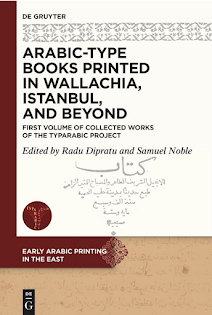When Scribes Switched Languages: Curious Patterns in Syriac Rūm Orthodox Manuscripts
by Elie Dannaoui
Imagine opening a centuries-old manuscript and finding three different languages woven together on the same page—Syriac prayers in elegant script, Arabic translations squeezed between the lines, and Greek annotations scattered in the margins. This isn't the work of confused scribes, but rather the ingenious solution of a religious community navigating one of history's most significant linguistic transformations.
The Rūm Orthodox Patriarchate of Antioch experienced a major linguistic transformation over its first millennium. What began as a Greek-speaking church that also embraced Syriac gradually transformed as Arabic spread throughout the region following Islamic expansion in the 7th century. By the 19th century, Syriac had virtually vanished from the church's daily life—a language that had once echoed through monastery halls and parish churches was effectively silenced.
But here's where the story gets fascinating. The manuscripts from the 14th to 18th centuries—a period that has received surprisingly little scholarly attention—reveal that this wasn't simply a case of one language bulldozing another. Instead, these documents showcase remarkable creativity: scribes developed sophisticated strategies to preserve ancient traditions while making them accessible to communities whose daily language was shifting to Arabic.
The surviving manuscripts tell a story of adaptation rather than abandonment. Monastic communities emerged as guardians of the Syriac tradition, creating innovative multilingual arrangements and parallel translations. Most intriguingly, they developed a nuanced system where Syriac remained the language of priestly prayers and sacred elements, while Arabic served the growing needs of lay participation.
Read the whole article, with many images of manuscripts, here!








No comments:
Post a Comment